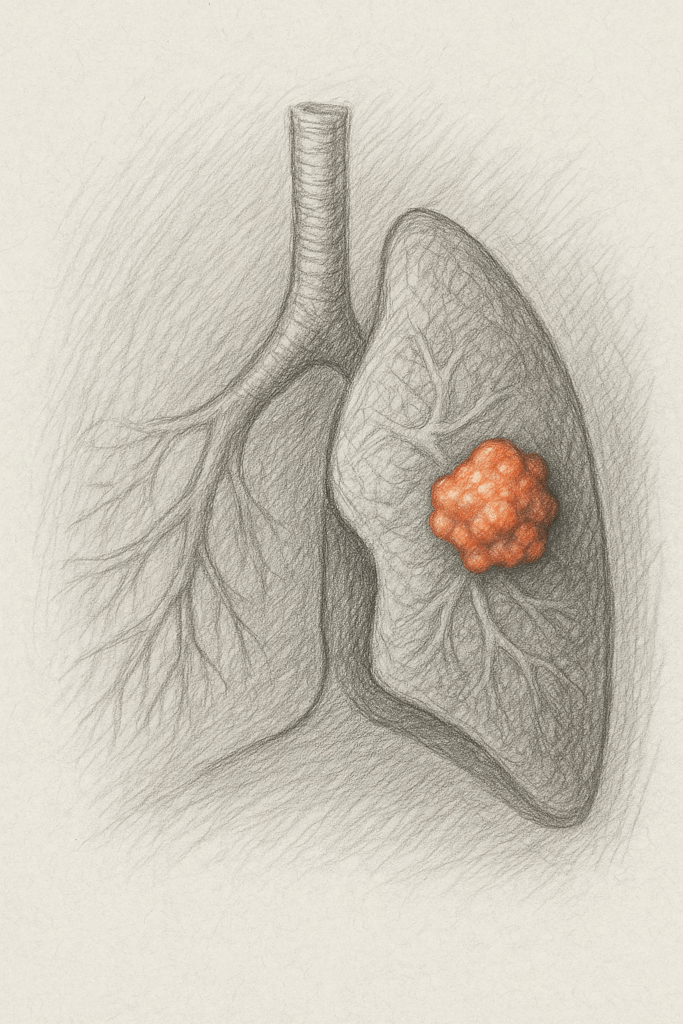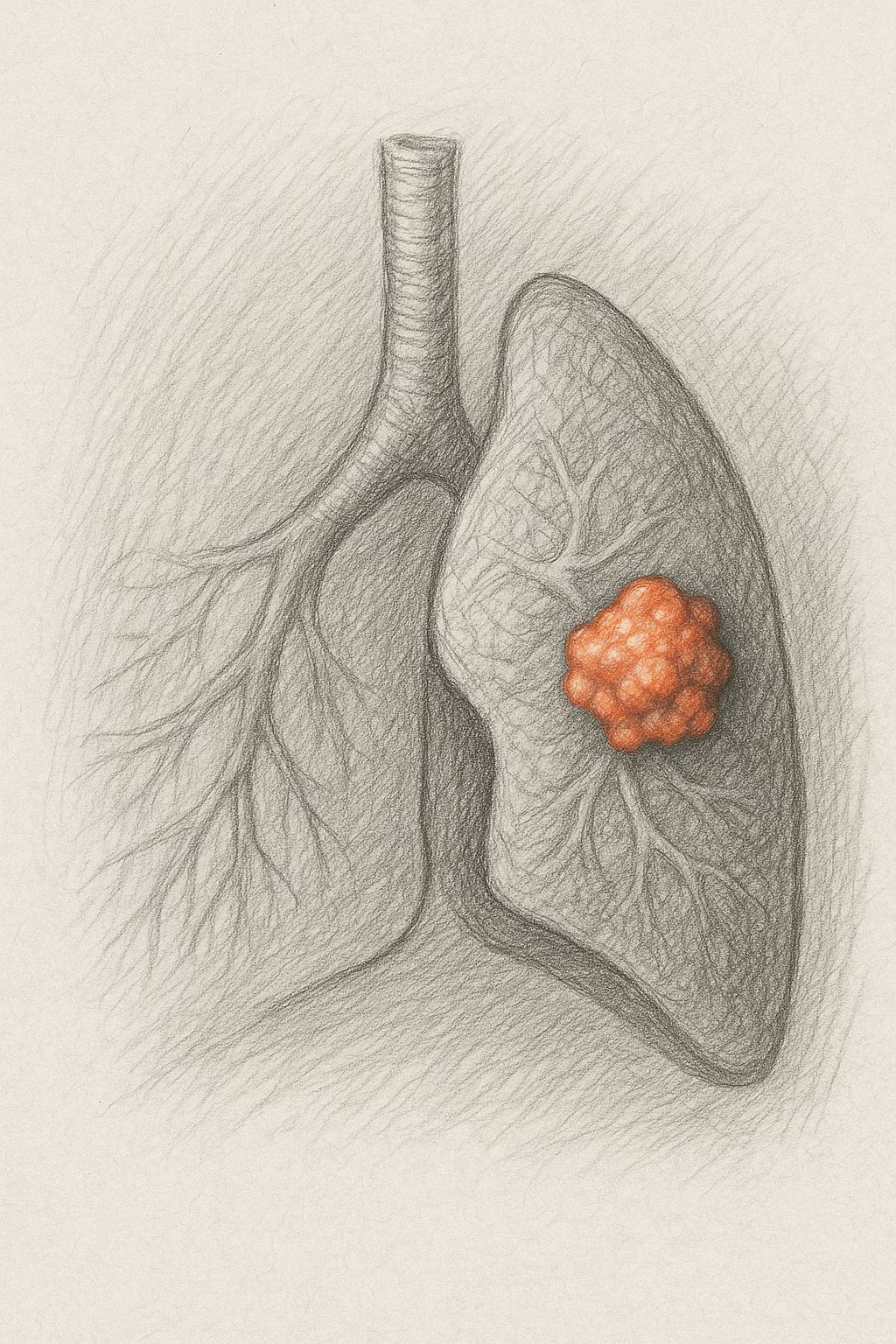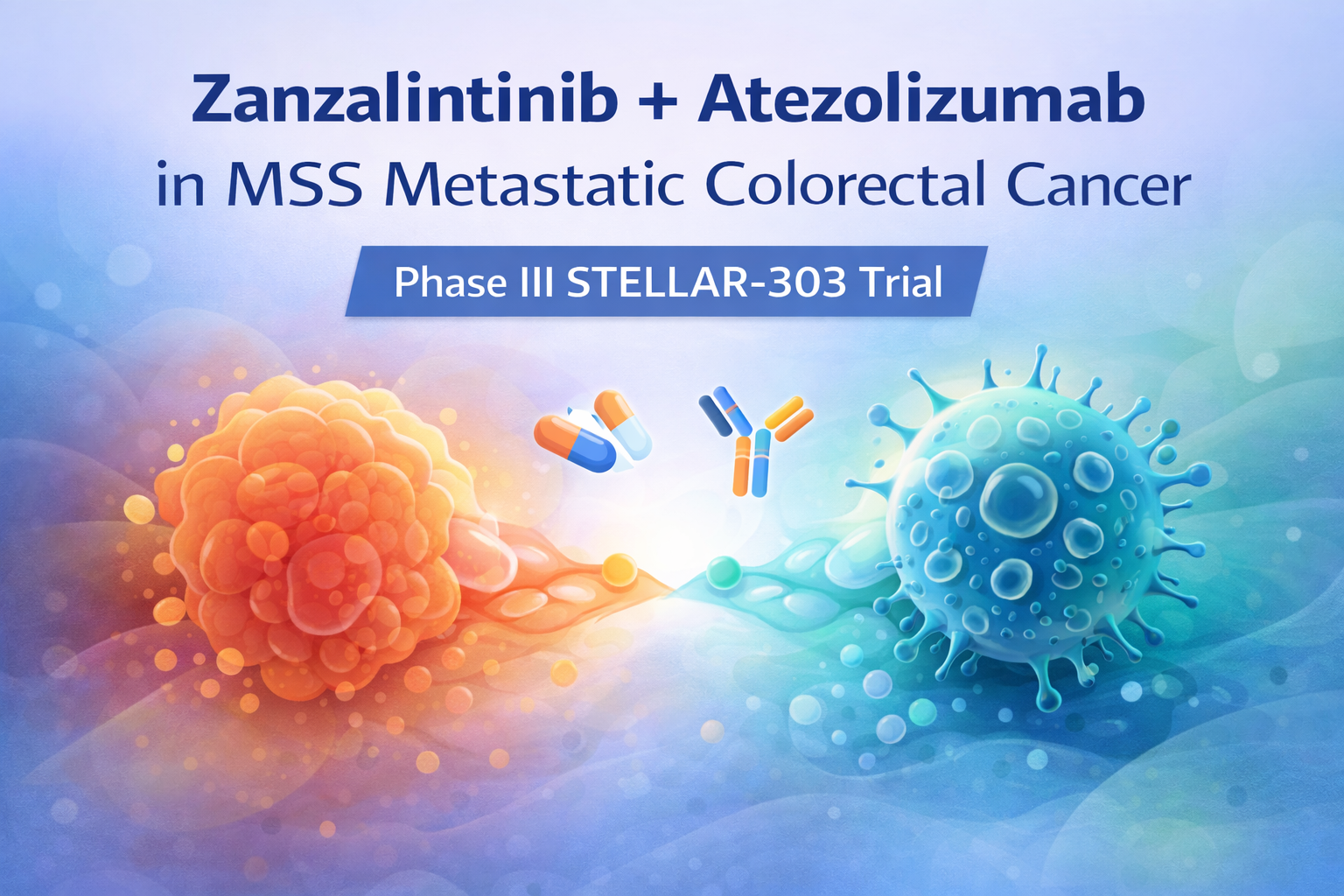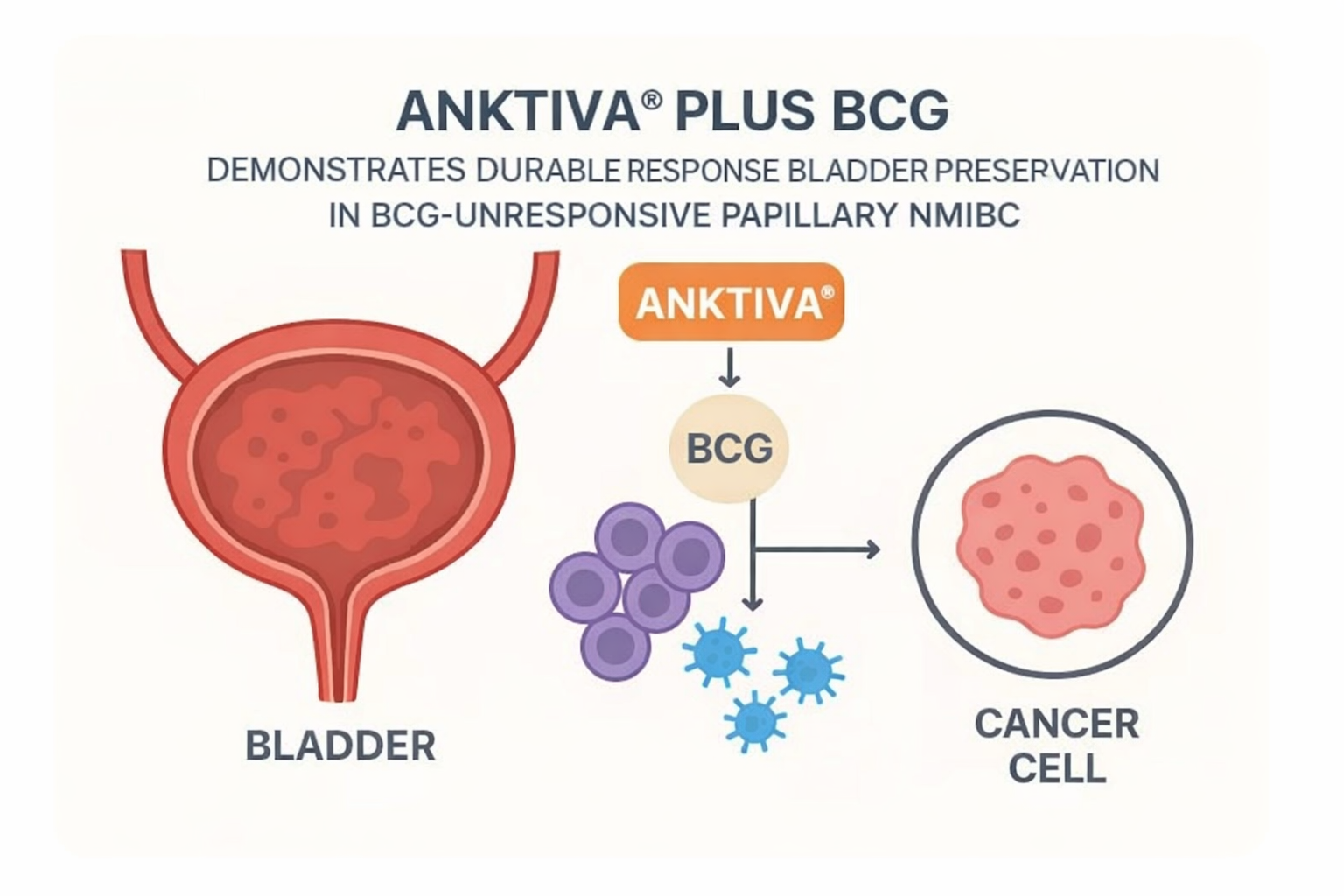

Circulating tumor DNA (ctDNA) kinetics can guide treatment intensification decisions in PD-L1-positive advanced NSCLC, allowing selective escalation from pembrolizumab monotherapy to chemoimmunotherapy based on early plasma response rather than PD-L1 expression alone. This plasma-guided approach achieved a median progression-free survival of 11.0 months while exposing fewer patients to platinum doublet chemotherapy (17.5% vs 37.5% predicted by PD-L1 status).

Study Design & Population
- Study Type: Prospective single-arm clinical trial
- Sample Size: 40 patients with newly diagnosed advanced NSCLC
- Key Characteristics: PD-L1-positive, driver mutation-negative, treatment-naive patients
- Primary Endpoint: 6-month progression-free survival rate with platinum doublet therapy
- Treatment Strategy: Pembrolizumab monotherapy with plasma response assessment at cycle 2
Key Findings
- Overall Response Rate: 50% with adaptive treatment strategy
- Plasma Response Correlation: Patients with plasma response had 81% radiographic response rate vs 21% without plasma response
- Survival Outcomes:
- Median PFS: 16.4 months (plasma responders) vs 4.8 months (non-responders), HR = 0.34
- Median OS: 34.3 months vs 8.6 months, HR = 0.15
- Treatment Allocation: 68.8% remained progression-free on platinum doublet at 6 months
Clinical Implications
- ctDNA kinetics strongly predicted both progression-free survival and overall survival outcomes
- Plasma-guided approach reduced platinum doublet exposure compared to standard PD-L1-based selection
- 80% of PD-L1-low patients received immunotherapy rather than standard chemoimmunotherapy
- Only 16% of PD-L1-high patients ultimately required treatment intensification
Limitations
- Single-arm design without randomized control group limits definitive practice-changing conclusions
- Small sample size (n=40) requires validation in larger studies
- Early mortality: 3 patients with high PD-L1 scores died during first two cycles of pembrolizumab
- Randomized validation needed to establish clinical practice implications




